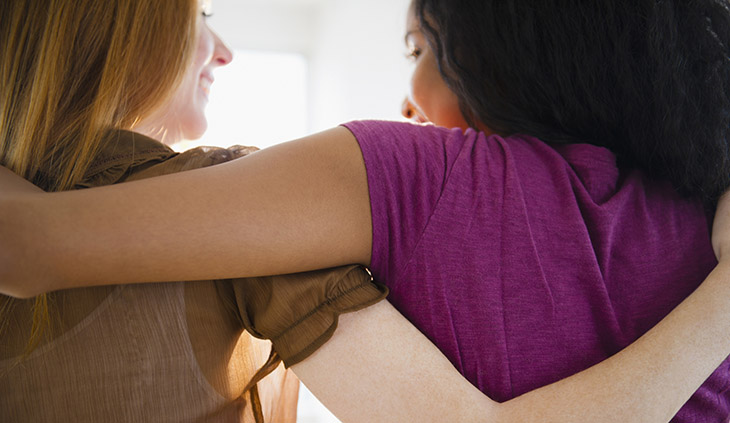It Takes Two to Tango Co-regulate
By Sushi Frausto, M.A.
Licensed Marriage and Family Therapist (LMFT#101031)
We hear the word self-regulation a lot these days, but what does it mean?
Self-regulation is the process during which we manage our thoughts, feelings, and behaviors in order in to meet our needs. It involves managing one’s emotions – so distressing feelings do not lead to harmful or regretful reactions.
Self-regulation involves many tasks, including but not limited to:
Utilizing self-awareness Coping with feelings Controlling behaviors
Modulating thoughts Restraining impulses Adapting to surroundings
Thinking clearly Self-soothing Sustaining focus
Being empathetic Communicating effectively Acting deliberately
As any parent, teacher or caregiver can tell you, children are not born with these abilities. However, learning and growing regulation skills early has been linked with many positive outcomes in children.
Children rely on adults to help them learn how to self-regulate.
When adults provide children with support, guidance, modeling, and care, children internalize it, growing their self-regulation know-how. This process of adults helping children self-regulate is called co-regulation.
You can think of co-regulation as being your child’s co-pilot as they navigate through their experience. Adults can teach dysregulated children to both recognize their own needs and take necessary actions to meet them. Over time, children internalize what they have learned and grow in their ability to do this on their own.
Parents are constantly co-regulating with their children. Sometimes this is automatic, such as handing your child has a snack or sweater. Often it is intentional, such as helping your child calm down after a meltdown and then discussing what happened. It can be as simple as sitting next to your child to offer a calming presence, or as challenging as soothing an anxious child on their first day of school.
Recommended co-regulation strategies:
- Be mindful of your own state. If you are not regulated, you will not be able to co-regulate.
- Pay close attention to your child’s emotions rather than their behaviors. What are they feeling right now? What do they need?
- Provide only enough support to help your child be successful. The idea is to assist them in developing their abilities, not to do it for them.
Learn more about co-regulation and activities that can help your child learn to regulate themselves:


